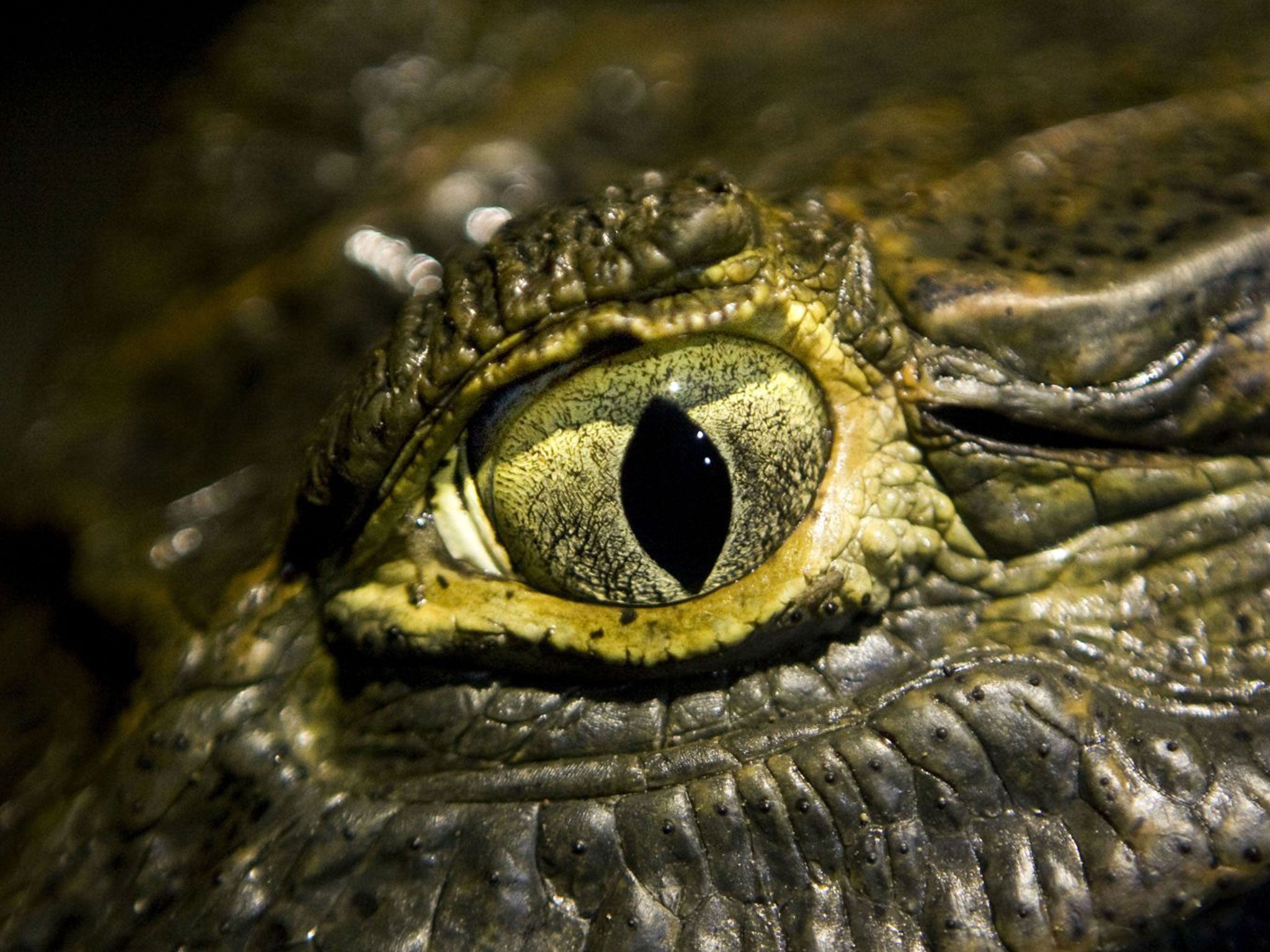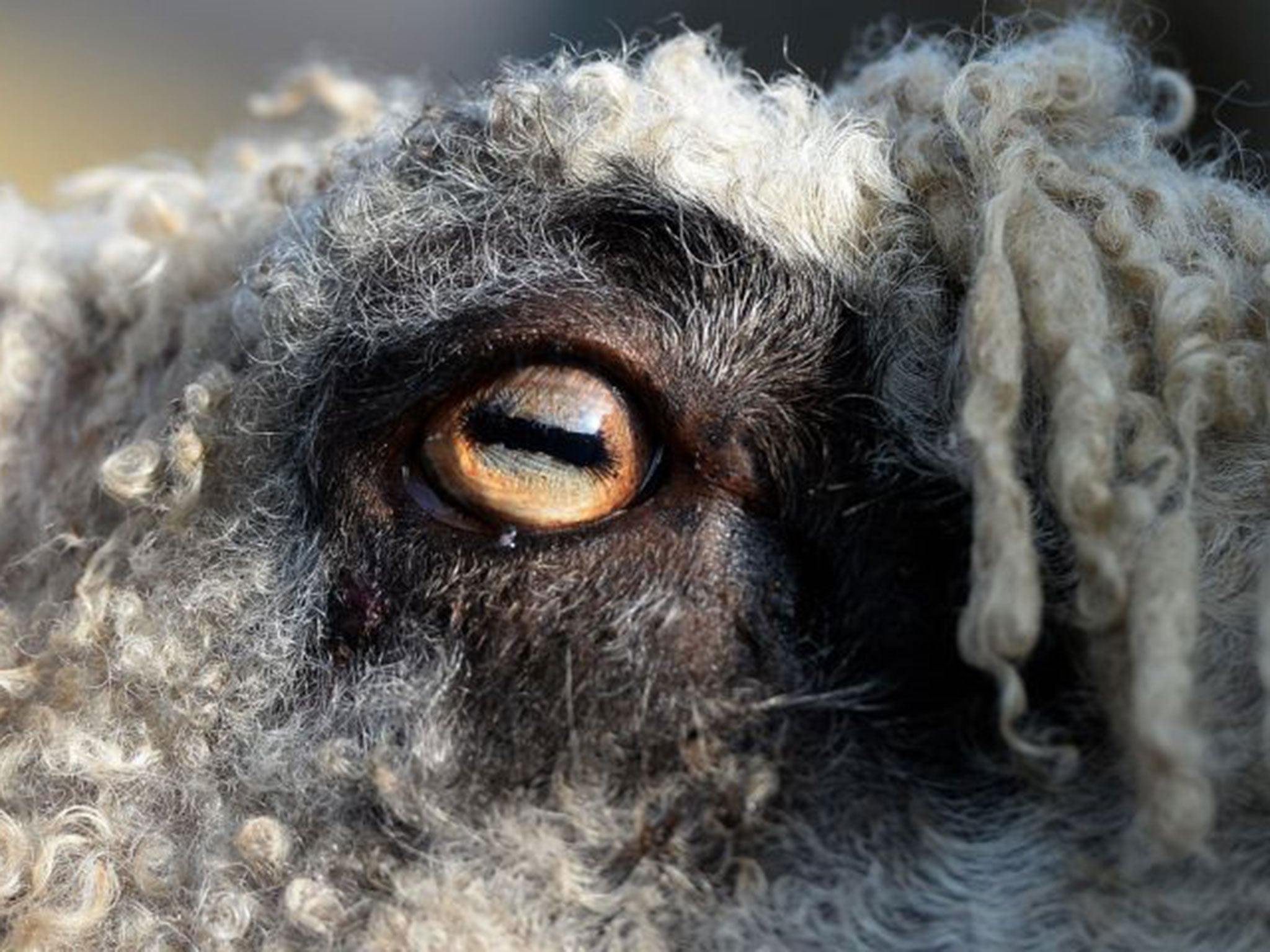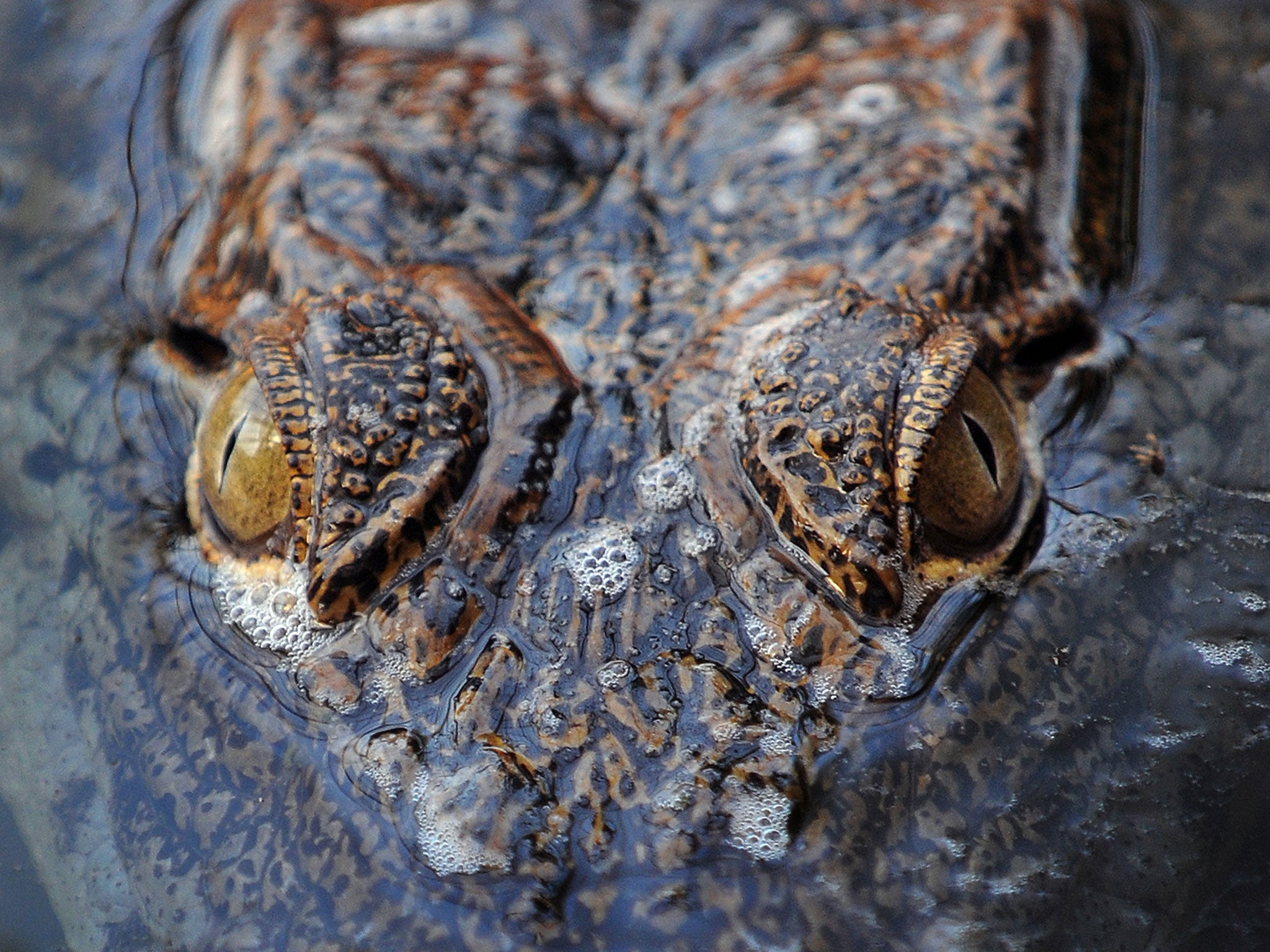Predator or prey? The shape of animals' eyes holds the key, study reveals
The eyes might just be a window into an animal's soul

Your support helps us to tell the story
From reproductive rights to climate change to Big Tech, The Independent is on the ground when the story is developing. Whether it's investigating the financials of Elon Musk's pro-Trump PAC or producing our latest documentary, 'The A Word', which shines a light on the American women fighting for reproductive rights, we know how important it is to parse out the facts from the messaging.
At such a critical moment in US history, we need reporters on the ground. Your donation allows us to keep sending journalists to speak to both sides of the story.
The Independent is trusted by Americans across the entire political spectrum. And unlike many other quality news outlets, we choose not to lock Americans out of our reporting and analysis with paywalls. We believe quality journalism should be available to everyone, paid for by those who can afford it.
Your support makes all the difference.It is often said that the eyes are a window to the soul and now research suggests that their shape can be used to distinguish between predator and prey in the animal kingdom.
A study by the University of California and Durham University found that animals with pupils shaped like vertical slits are more likely to be ambush-predator species such as cats and crocodiles.
Meanwhile, plant-eating “prey” species such as sheep and goats tend to have horizontal, elongated “letterbox” pupils. And circular pupils are linked to “active foragers” – animals that chase down their prey rather than creeping up and ambushing them.

The analysis of 214 species, which appears in the journal Science Advances, suggests that there are good evolutionary reasons for these differing optical designs.
Tests showed that eyes with horizontal-slit pupils offered an expanded field of view. Located on each side of the prey animal’s head, they provide a panoramic visual display that improves its chance of spotting approaching danger.
The slits also have the added advantage of limiting the amount of dazzling light from the sun, making it easier to see the ground.
“The first key visual requirement for these animals is to detect approaching predators, which usually come on the ground,” said the report’s lead scientist, Professor Martin Banks of the University of California at Berkeley. “They need to see panoramically on the ground with minimal blind spots. Once they do detect a predator, they need to see where they are running. They have to jump over things.”
The research found that vertical slits, meanwhile, give the predator the improved depth of field and the ability to judge distances that helps them secure their prey.
But the study also foundresearchers discovered that vertical slits only came into their own at ground level. For that reason, while shorter animals such as domestic cats have vertical-slit pupils, larger lions and tigers do not. Like dogs, their pupils are round.

Being tall, humans also had round pupils, as did most birds with an aerial viewpoint.
“A surprising thing we noticed from this study is that the slit pupils were linked to predators that were close to the ground,” said Dr William Sprague, a researcher on the Berkeley team. Among 65 frontal-eyed ambush-predators in the study, 44 had vertical pupils and 82 per cent of them had shoulder heights of less than 16.5 inches42cm, the research found.
The report also looked at what happens to the orientation of the horizontal pupil when the animal lowers its head to graze.
“If the pupil follows the pitch of the head down, they would become more vertical and the theory falters,” said Professor Banks about putting his ideas to one final test.
“To check this out, I spent hours at Oakland Zoo , often surrounded by school kids on field trips, to observe the different animals. Sure enough, when goats, antelope and other grazing prey animals put their heads down to eat, their eyes rotated to maintain the pupils’ horizontal alignment with the ground,” he said.
The research builds on earlier work by the late Gordon Walls, a Berkeley professor of optometry, who published The Vertebrate Eye and It’s Adaptive Radiation in 1942. This put forward the theory that slit-shaped pupils allow for a greater range in the amount of light entering the eye. But this is the first study to examine why the orientation of the slit – horizontal or vertical – matters.
Gaze of killer
The crocodile’s vertically slitted eyes help it judge distance at low levels, allowing it to move snappily to take its prey at speed.
Taking a wider view
The letterbox shape of the sheep’s pupils has the same effect as on a camera, giving it a panoramic view of its perilous environment.
Join our commenting forum
Join thought-provoking conversations, follow other Independent readers and see their replies
Comments